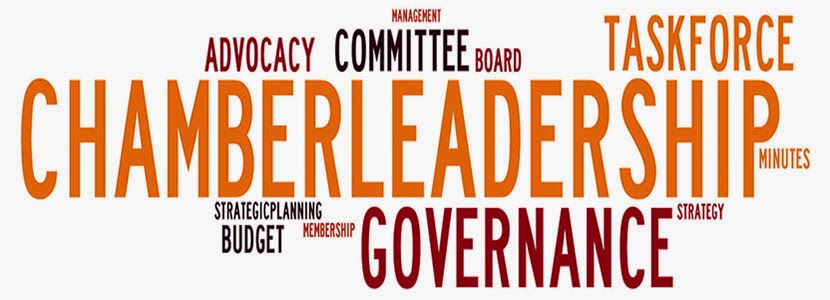He started out by making the following statements.
- Strategy – a plan of action or policy.
- Strategy Benefits – shared vision, mission.
- Strategy Deficits – moment in time, these are times of change.
- Strategic Plans – frequency should be a set of direction and goals – very different then the 5-year goals, retreats in the past.
Components of a Strategic Plan
- History – where you came from.
- Vision – your ideal future, ask your board what they would add, he used the term “additive listening” to create a group vision.
- Organization Vision and Mission – why, leadership litmus test, resonance in affiliation, definition to the external world. Always put this in front of your board at every meeting. Use the back of your name tents to remind why your organization exists. Vision – statement of the future, Mission – how you’re going to do it.
- Identity – who we are and how we act.
- Audiences – know your who.
- Core Values – what makes you, you!
- Core Pillars – your area of focus.
- Unifying Vision – direction and strategy for your volunteers.
- Operational Plan – action items to implement your strategy.
Strategy Outside the Plan
What are you doing on an ongoing basis to help the strategic plan through everyday results? He went on to talk about implementing a “Plan Ahead Team” – a group to keep their eye on the future and trends. Think Foresight! I did a blog on that topic which can be found HERE. It’s another way of saying scenario planning.
Listening as a Board Competency – he listed a number of ways you can touch base with your membership to get a pulse of what is happening in their industry, which included but not limited to, surveys, monthly calls, member visits, advisory groups, competition awareness, focus groups.
Strategic Refresh – what is your vision in the post pandemic disruption that we all have been dealing with over the past 12-18 months. Get the right people in the room to have this discussion. Have a plan for a quarterly update/milestones. In 12 months, what do we want our members to say about us?
Core Audiences – who are your audiences? Create a list. Most will be your member’s, but you should also have a list of non-members who are your core audiences (i.e., educators, legislators, groups in your community that can’t be members, etc).
Program Impact Matrix – do you measure your programs for relevancy? What a great way to get rid of those sacred cows. For a blog post on that subject go HERE. Others call this program-based budgeting, go HERE for that blog post.
Creating Space for Innovation – he talked about how we were forced to do this over the past 12 – 18 months. But are you solidifying this for future growth? Think risk/failure options on new programming.
Building Board Relationships – between the chief executive officer and the board is critical. Communication is key.
Give yourself space and grace!


